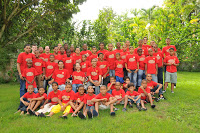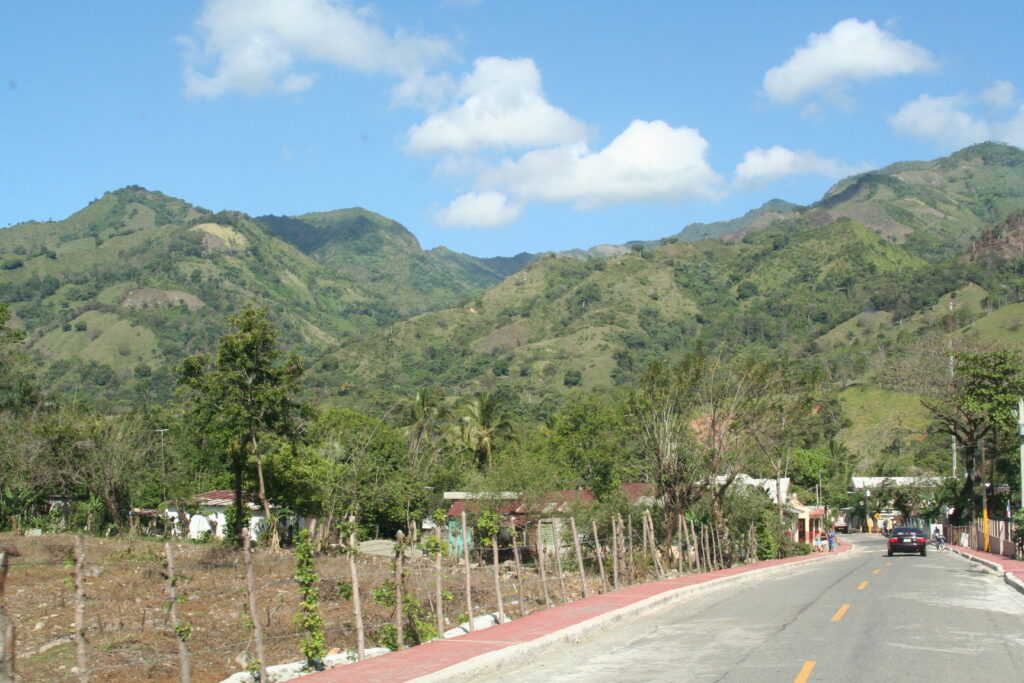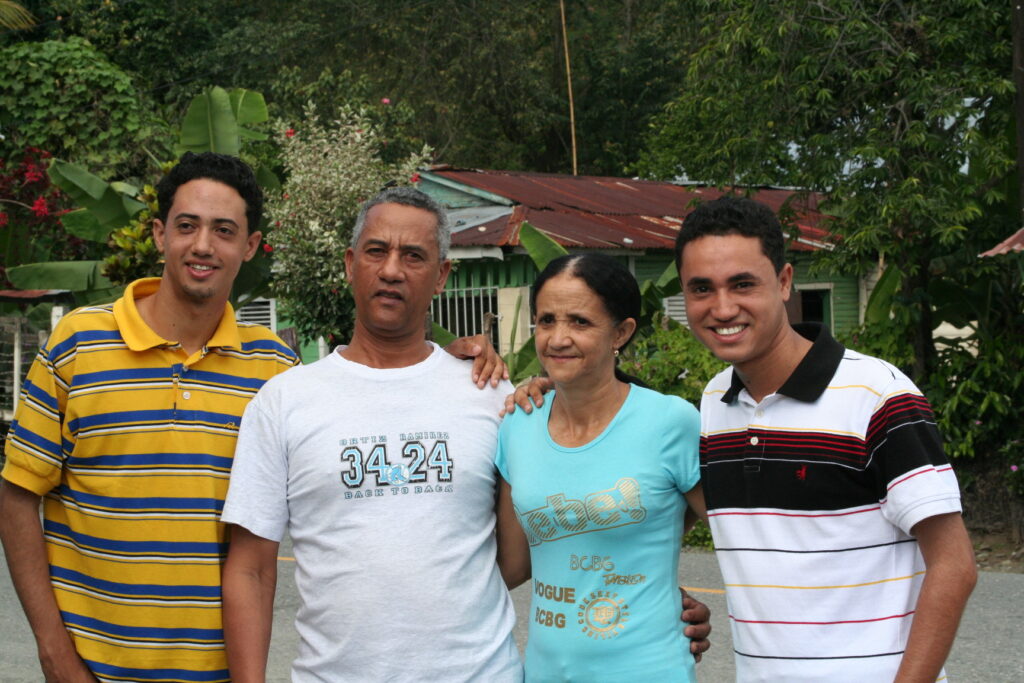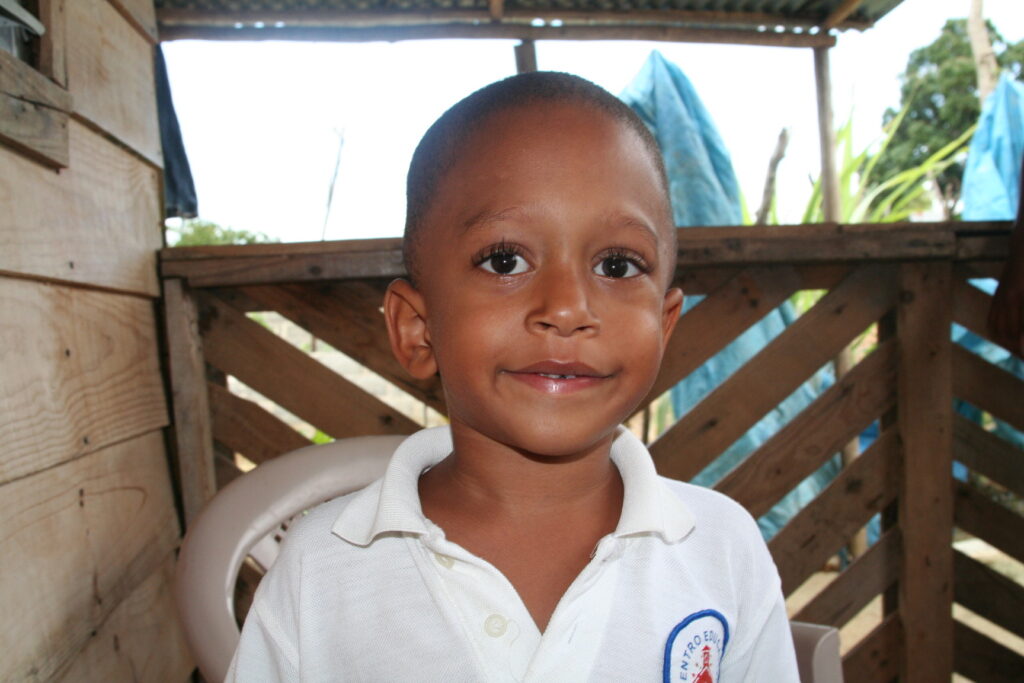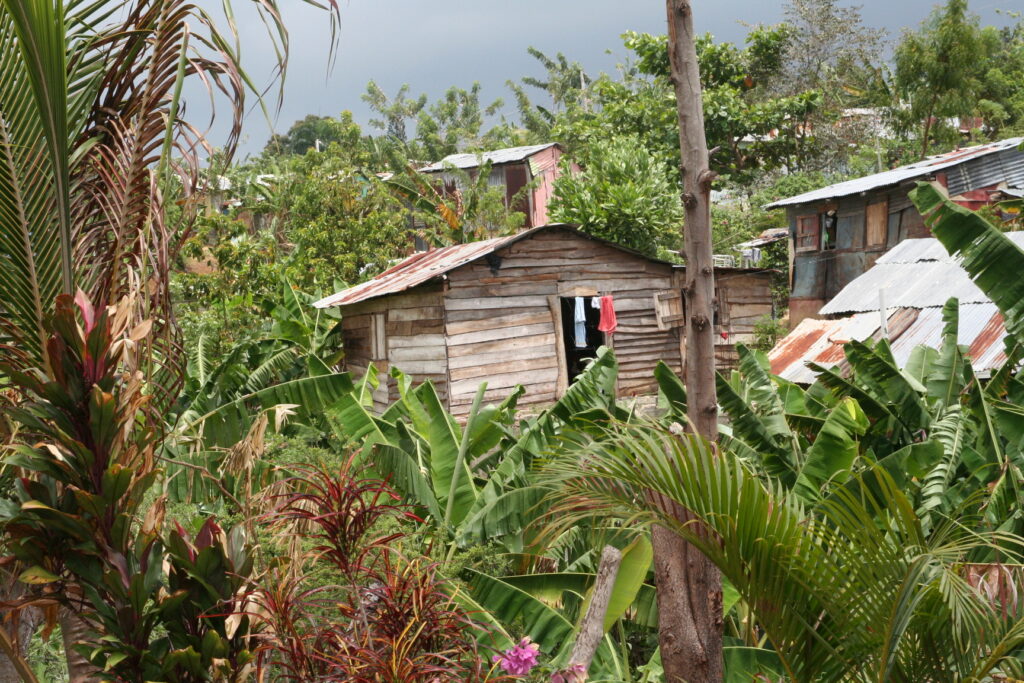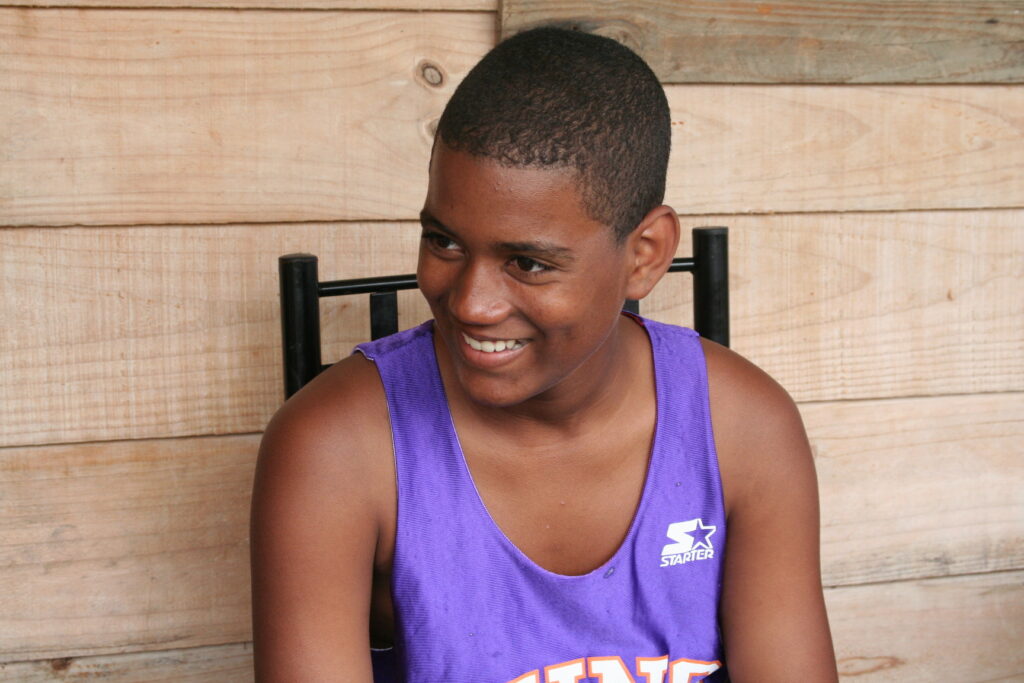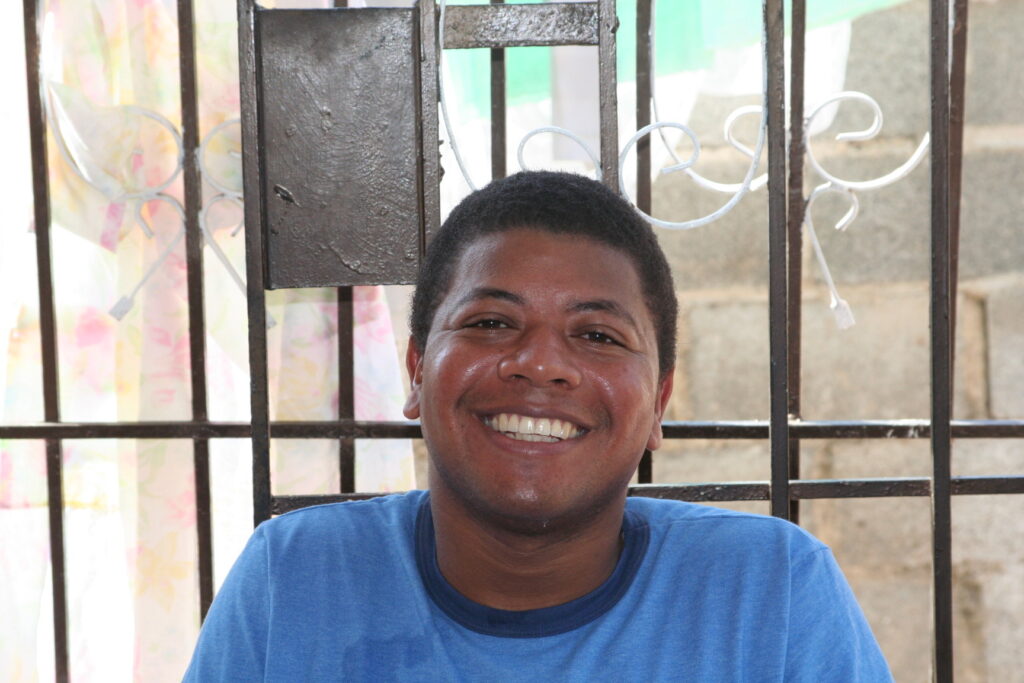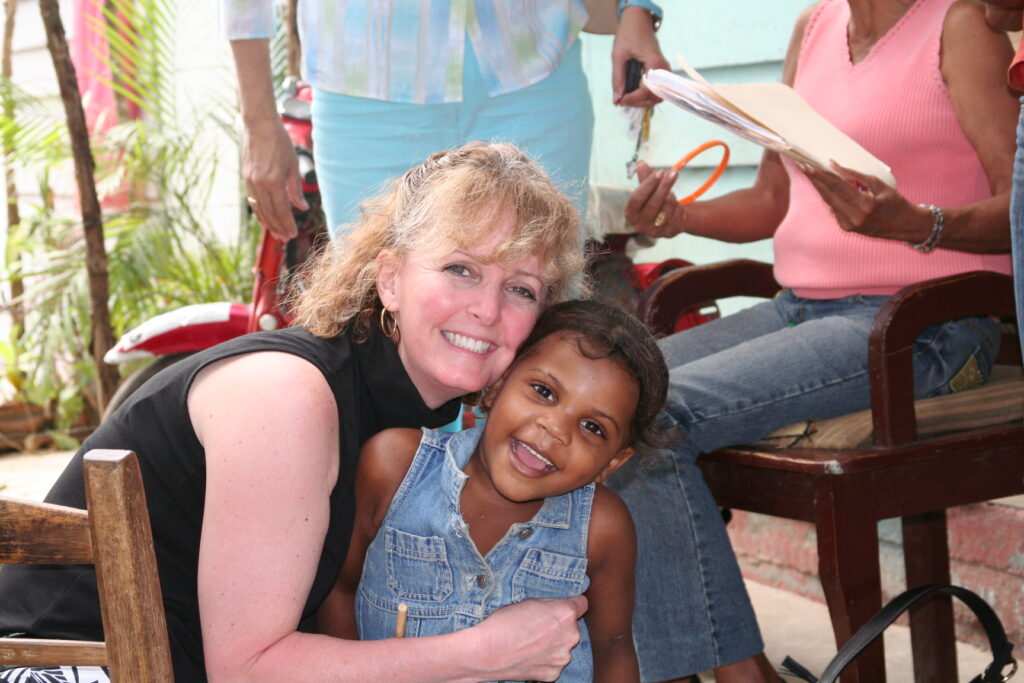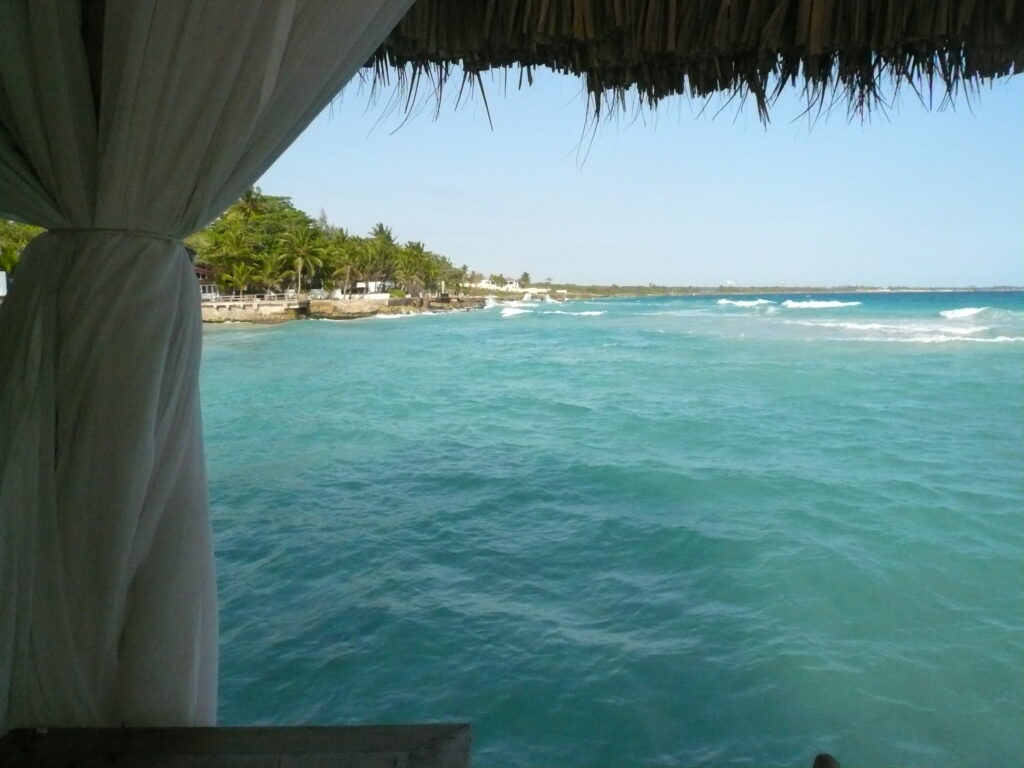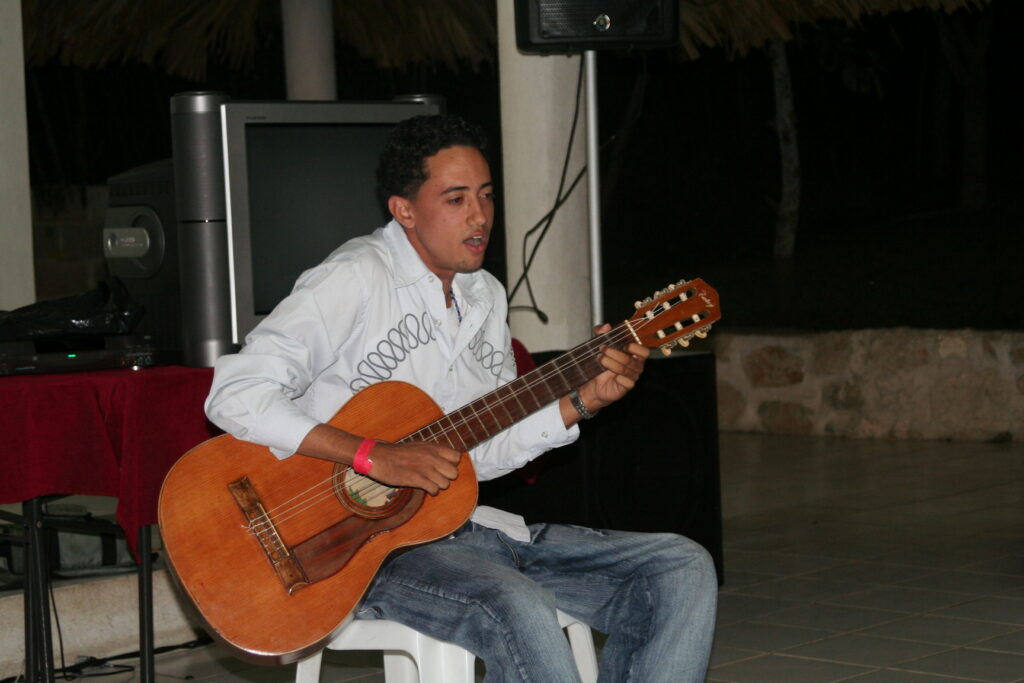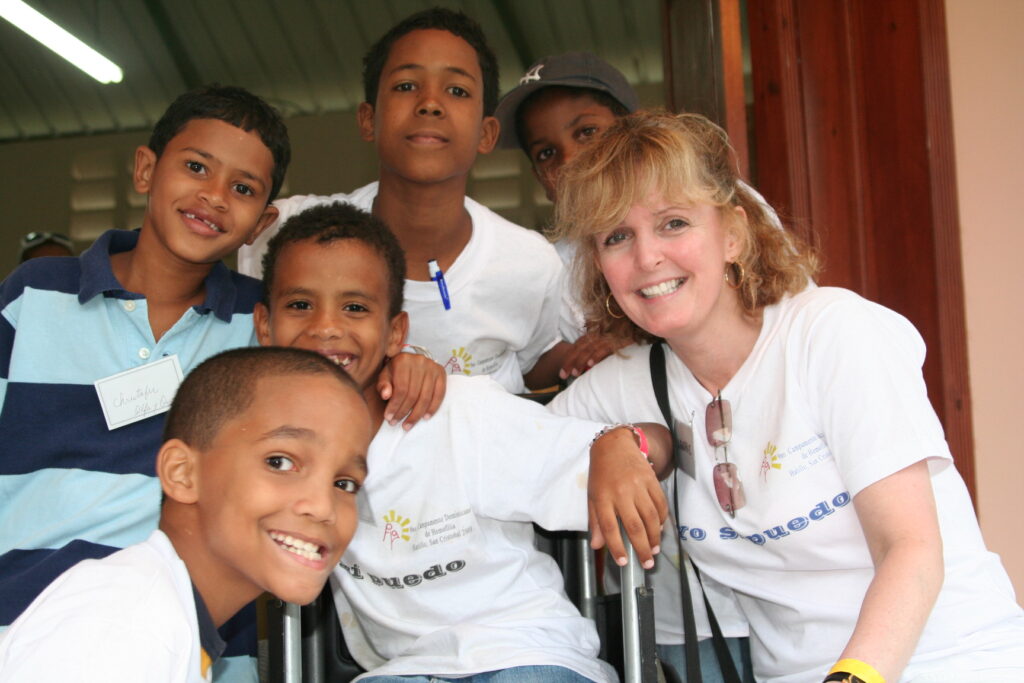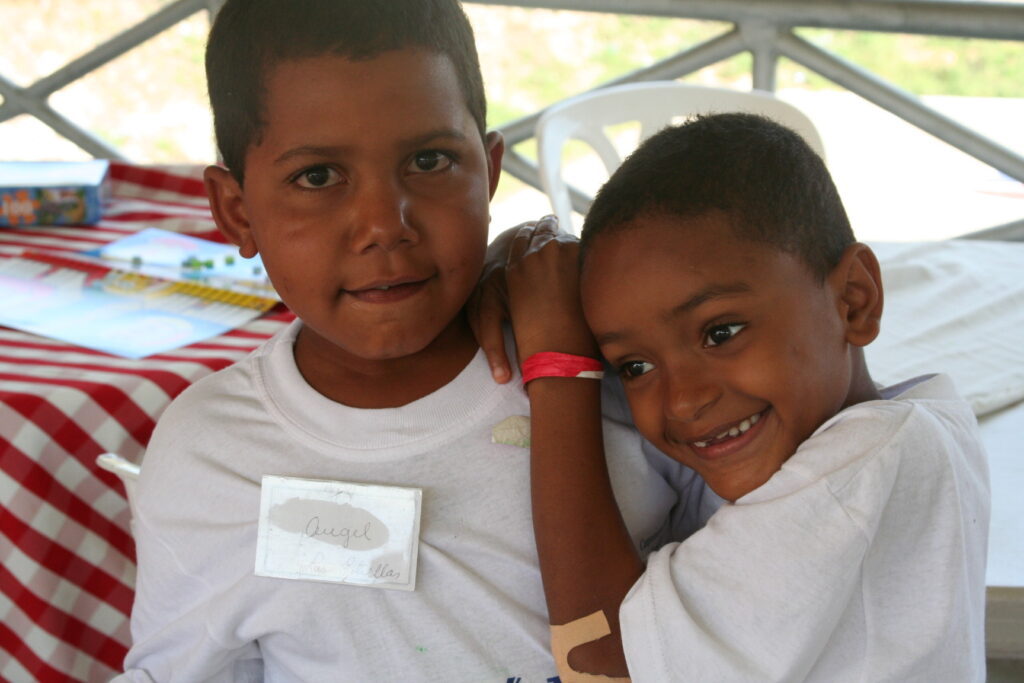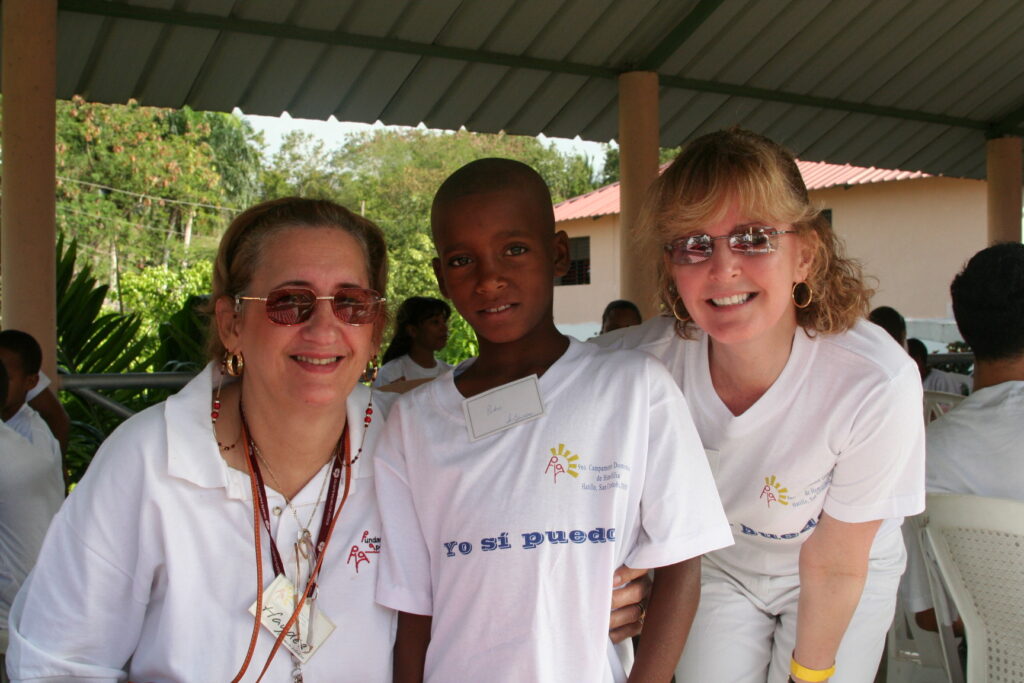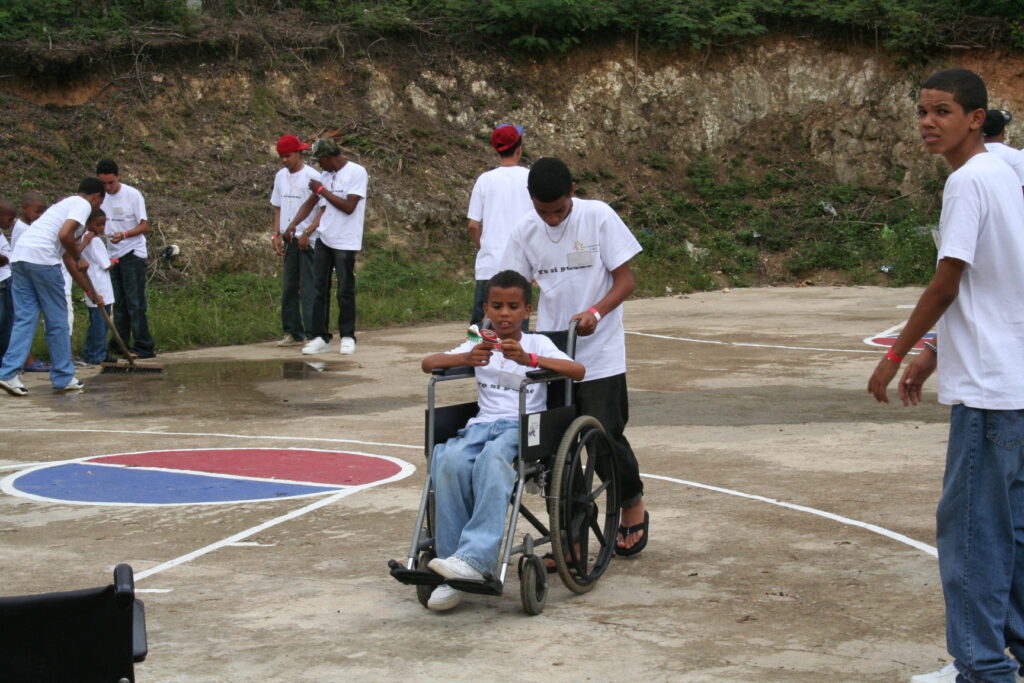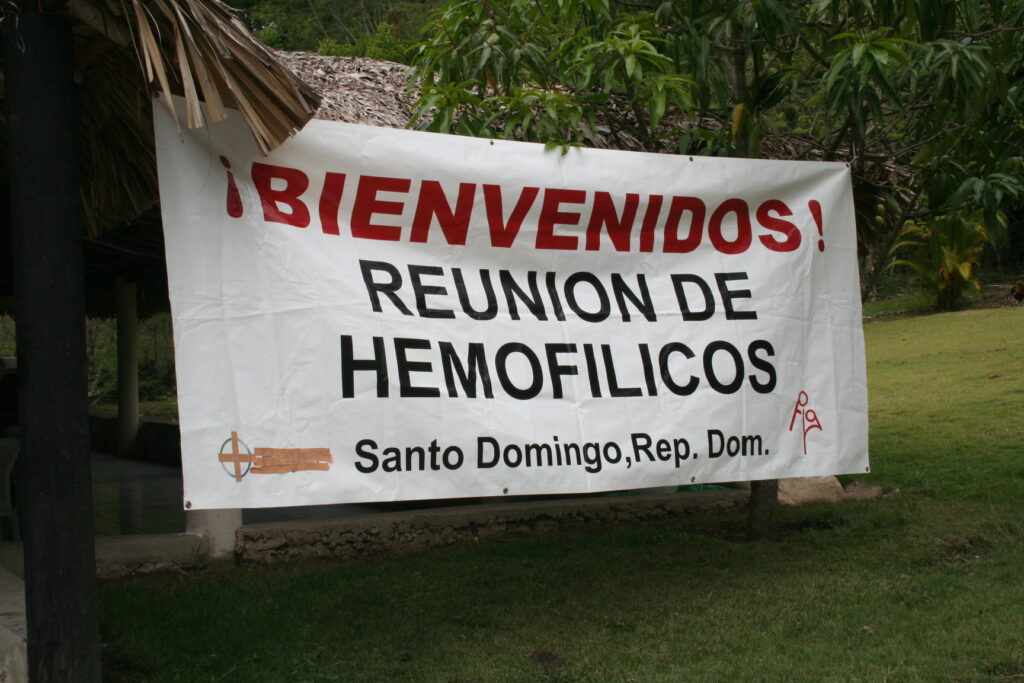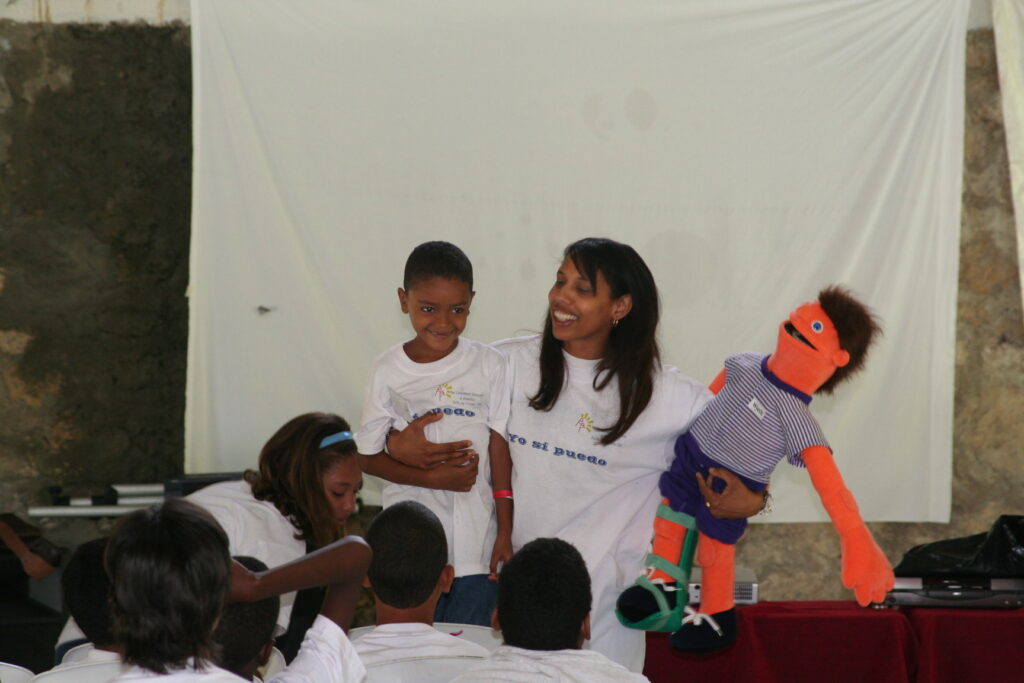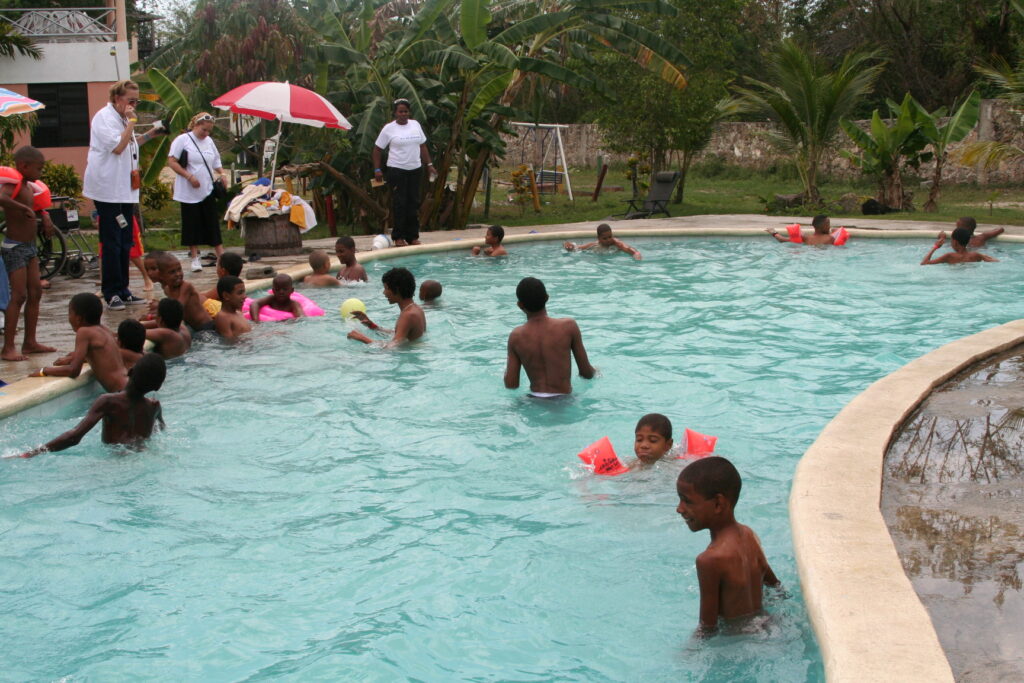Tears for Cheers: Camp “¡Yo Si Puedo!” in the Dominican Republic
Blood, sweat and tears literally flowed at the Dominican “¡Yo Si Puedo!” summer camp in Lomas Linda, Dominican Republic this past week. Blood? Because the 40 children and teens attending all have hemophilia, and when you are exited, attending what may be the brightest spot in your year, running, playing, dancing—oh my, can the Dominicans dance!—and you are never on prophylaxis because there is so little factor available, then you are naturally going to bleed.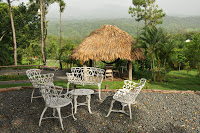
No problemo. The good news is that we had plenty of factor for camp, thanks to a generous donation. And you wouldn’t believe how these kids played, knowing they had factor to back them up. With a theme of the “Wild West,” our little cowboys were pretty rowdy!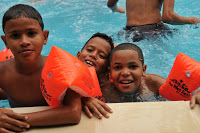
This is the 11th annual Dominican camp, called “Yes, I Can!” in English. A little over twelve years ago, when I first arrived here, the DR had next to nothing for hemophilia care. No factor, not even donations, a poorly run hemophilia national organization—in name only—and a patient registry of less than 50, if even that. Patients were shut out of participating in their own organization, until one woman and her colleagues decided to shake up the system and return power to the parents. Haydee de Garcia and friends succeeded, and the DR today has a government that buys factor, a patient registry of over 260, regular meetings and events, a strong new organization that is patient-centered, and best of all, a fantastic camp.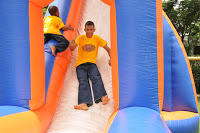
Sweat? The humidity hits you like a sledgehammer on this beautiful tropical island nation. My feet swelled within a few hours and I sweated constantly for the next four days. Camp is about 40 minutes outside the capital Santo Domingo, in the rolling hilled countryside. The stunning facility where we hold the camp has stately white houses for dorms, a thatched-roof dining area, a big in ground pool, and no hot water! That’s fine because you look forward to the chilled water to cool you down and wash away the constant perspiration. Three showers a day and back on go the damp clothes, only to be soaked again within an hour in the dripping air.
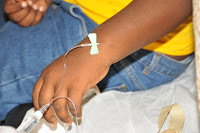
The acclimated Dominican kids never seem to sweat, though. I watched the in awe as they rolled out of bed at 7 each morning, formed a circle at 7:30 am and did their group calisthenics with “Cuchito” the coach, and then paraded into the outdoor dining area for a hot breakfast. Then there were classes about hemophilia, story times, pool times, a rowdy time with inflatable bouncing castles and jumbo slides and a very special visit yesterday to a rodeo—the first one in the DR! As always, camp ended with a wonderful talent show, including skits about hemophilia, and we were all dancing the merengue when the clock struck midnight.
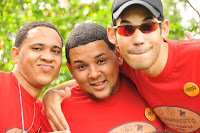
We had probably the best camp since 1999, when it was founded by Haydee and the Fundacion Apoyo al Hemofilico (FAHEM). Then, it was rustic and without amenities. None of us knew how to run a camp, but still we had a great experience and created fond memories. Fast forward and now we have a world-class camp, and the little boys who attended the first camp in 1999 are now counselors, young men who model everything from how to have manners, to how to be part of a team, how to settle disputes, how to be patient and disciplined, and how to have fun safely. 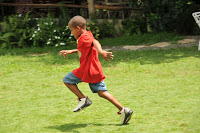
Tears? That was a surprise for me. I’ve been watching these boys for 11 years, and as a mother, am bursting with pride for the initial campers and the men they have become. Brahian, Javier, Alphonso, Luis, Dámaso, José G., Isaiah, Henry, Carlos and José Luis—what amazing and beautiful young men with hemophilia they all are. When we sat down yesterday morning for a rap session about who they are, what their role is in the future of the organization, leadership, and the importance of them taking on even more leadership in preparation for the day when current leaders are gone, the boys expressed their thoughts and feelings. 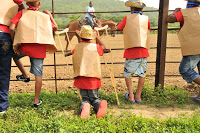
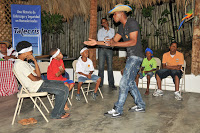
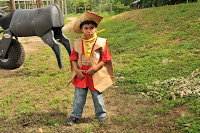
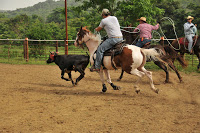
It started as a rational discussion about leadership and camp, but then it was as if the past 11 years welled up like a swelling ocean wave, carrying with it all the feelings of little boys who left their mothers for the first time in 1999 to young men who have shouldered silently more pain than most of us know in a lifetime. In giving us, the adults, thanks for what we have done for them—personal sacrifices, long nights of planning, days and weeks of organizing, late night visits to the hospitals–tears began to flow when they realized what their lives may have been like had there been no Haydée, no Mecho, no Dr. Rosa or Dr. Joanne, no FAHEM, no camp. And when one wept spontaneously, several others quietly wept, to release all the common feelings of a decade and in gratitude that their futures have been secured. As one young man said, “These are tears, not from sadness, but from joy.”
Many of these boys and young men come from homes where there are few material possessions, sometimes even no plumbing. They live in houses, make-shift sheds, or cramped and hot urban rented rooms. Camp is so much more than a fun time for them. It’s a celebration of life, a communion of children and young adults who share a common pain, and a foundation for the future. It gives them hope that things will change. Blood, sweat and tears? Bring them on: the blood and sweat you cannot avoid at a hemophilia camp in the tropics. The tears are a delicate leaking of innermost feelings of gratitude– for being alive and for being loved.
This camp is one of the greatest things I have ever been involved with, and nothing makes me happier than to see the boys together, as friends, as mentors, sharing life and memories, and preparing to raise the next generation. I am here till Wednesday, when I leave on a 8 hour bus trip to Haiti–stay tuned!

